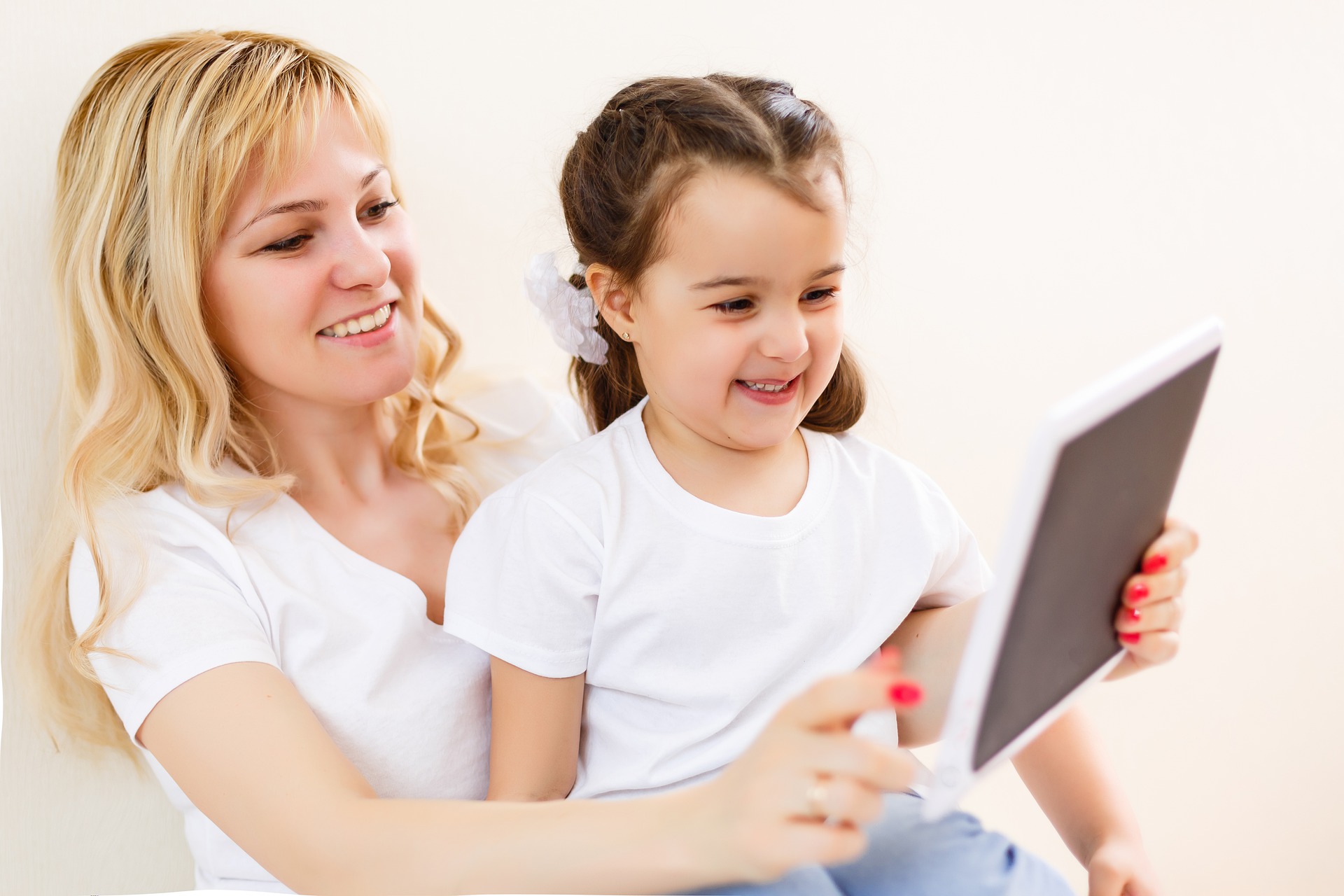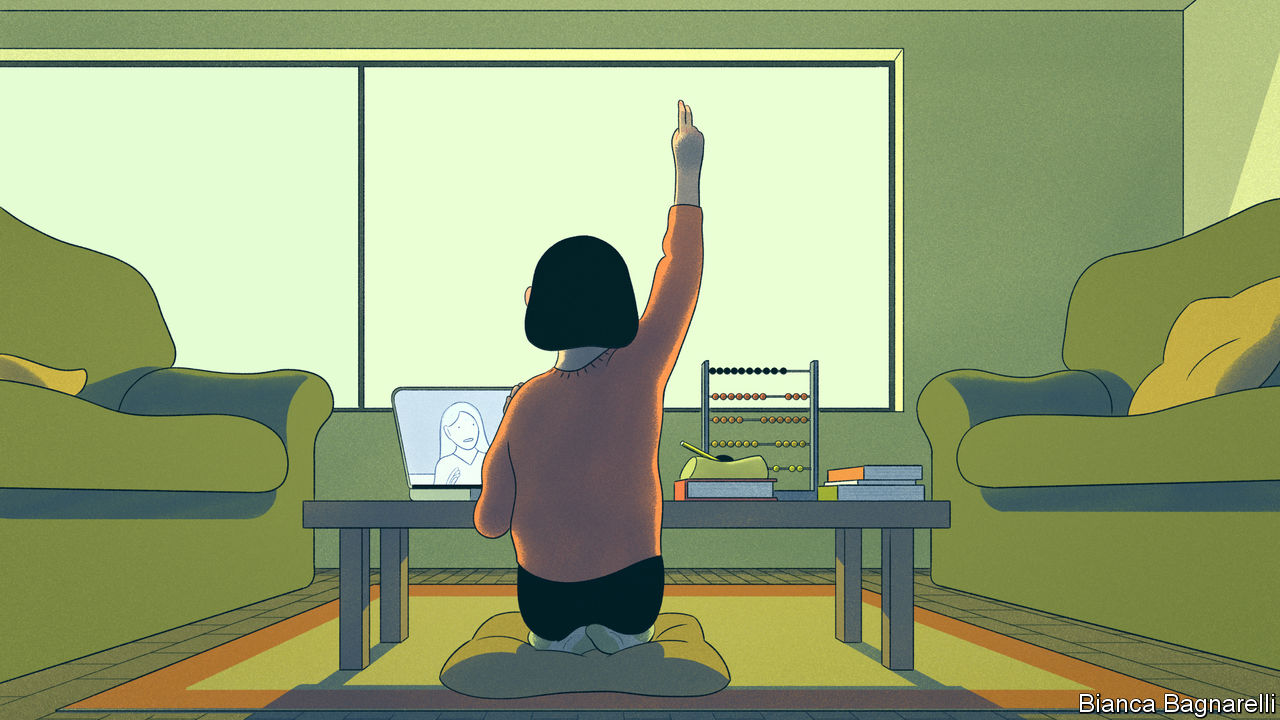Productive Technology-Use for Children
PARENTING | Nov. 11, 2019
Read time: < 1 Minute
It is that time of year when “Christmas Lists” are being developed by children young and old; lists which are sure to include some form of technology. The technology requests may be for something new or in addition to the battery of technology that they already possess. Now is the time to think about how to either say “no” or to set up boundaries and parameters for use.
With habits of checking e-mail and text messages on smartphones, as well as hours of playing video games, it can be overwhelming for children/adolescents/adults – the fear of missing out on a message, or reaching a higher score, or entering a dangerous internet space, can take away from family time, school work time, chores, and using imagination.
Historically, medical professionals used to instruct parents to discourage media use by children under the age of two and to limit the use of technology to two hours a day, at most. Today, medical professionals are adjusting their thinking as they consider the positive impact of using digital devices in a constructive and academic way. Today’s recommendations include that parents use media/technology as a teaching tool, a way to connect and create instead of consume. However, do not feel pressured to introduce technology early in life for the sake of obtaining a competitive edge, use the time to build relationships and imagination.
As you plan the boundaries and acceptable technology-use parameters, remember that:
-
Overweightness is related to heavy media use.
-
Sleep issues occur with presence of media in a bedroom or evening screen exposure.
-
Developmental delays in cognitive, language, and social-emotional skills are associated with excessive television viewing and diminished parent-child interaction.
-
Media content is a central factor influencing behavior and development.
-
Parental media use, including background television and heavy mobile use is associated with
-
decreased verbal interaction with children and increased conflict between parents and children.
-
Medical professionals emphasize teaching children that media use means more than just entertainment. It can involve connecting with others, creating and learning together.
-
Direct your child to take photos, record videos or songs, look up craft or science ideas.
-
Parents, medical professionals recommend you research reliable content producers .
-
Common Sense Media is a site for finding information on digital products and answering tech-related parenting questions.
-
It is recommended to have unplugged spaces, as well as times of day, so that you and child/children can play, be bored together, or talk without distraction or feeling a need to multitask.
-
It is good practice to test apps and watch videos with your child(ren) to determine if they are a good fit for their temperament, rather than letting them make all of these choices.
We hope these tips can serve as a solid starting point for determining your child’s access to technology. Just to reiterate, not all technology use is unproductive for your child(ren). Although there has been historical hesitancy towards children using technology, the knowledge we have obtained over time tells us otherwise. As a rule of thumb, look for the technologies that help children connect with others and create content rather than just consume it.
God Bless!
- Liquid Software
- 555-555-5555
- liquidsoftwarellc.com
© Copyright 2026 Liquid Software L.L.C. Web Design by Top Shelf Creative Studios.



